From a PR Editor: Press Release Guidelines to Read Before You Start
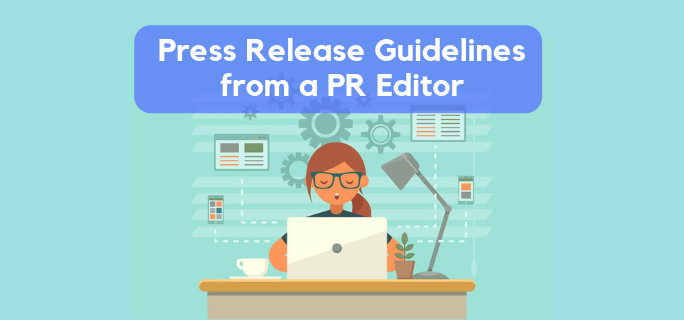
Do you regularly send business announcements to media outlets and web portals? Or are you just starting to incorporate press releases into your marketing toolbox?
Before you dive straight into writing a news release, you got to familiarize yourself with the rules and regulations in the PR industry to successfully publish your news release.
Having read more than thousands of news releases, here are some press release guidelines that cover everything you need to know from news angle to structure and formatting.
To start, you’ve got to...actually write a press release.
1. Write Using the Press Release Format
The most important point to note for any businesses looking to send your announcement to the media is that you need to write an actual PR.
This may seem obvious enough, but there are still some businesses that actually skip out on the writing and instead just slap on their company’s about us or blog post to submit as a pr.
Although certain press release services actually accept this form of content, however these news are almost never picked up by local newspapers and news portals.
Besides, writing in the standard press release format gives a good first impression to journalists as you make it easier for them to scan and understand your news.
So here’s a quick press release example and a breakdown on the structure and format:
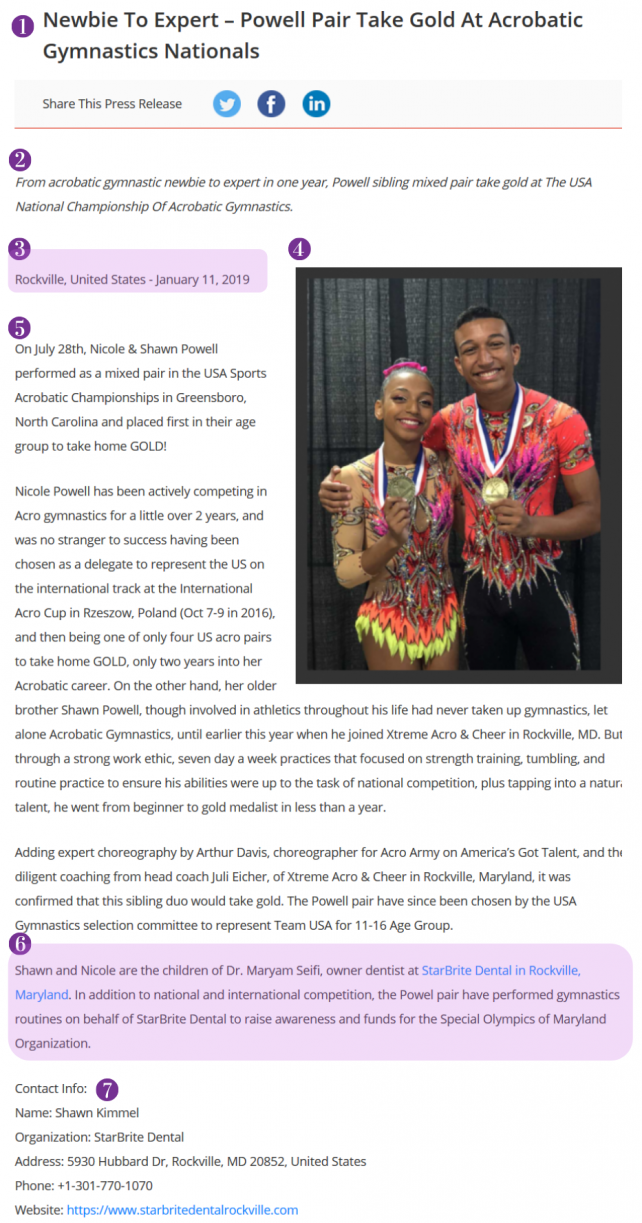
Take note that a regular news release should contain the following details:
- Headline:
-
- The highlight of your main announcement, this is also your
first pitch
-
- to journalists and the general audience, so make sure to write a headline that is eye-catching and interesting.
-
- Summary: The teaser to your announcement, a summary further elaborates your headline. Your news summary should provide context to your story and tease readers to continue reading.
-
- Dateline: When and where is your news happening? This information lets journalists have a quick look to determine if the news is timely and relevant to their news coverage.
-
- Image: To see is to believe, adding an image to your news increases its credibility and is much more captivating than an announcement full of just words.
-
- Body: The contents of a press release, the body provides more clarity on the announcement, giving readers a better understanding and also higher engagement.
-
- Boilerplate: Who are you and what is your business about? This section gives readers the chance to learn more about your business.
-
- Contact Information: Lets interested readers or media get in touch with you.
2. Contain a Newsworthy Announcement
Businesses nowadays are a creative bunch. They can always find something new or recent to spin into their next press statement for public relations.
But be it a new website update or receiving a 5-star review, these news have little or close to zero news value and often ends up being neglected by journalists and media.

Extra, extra! Is your press release really newsworthy?
Note that your news is competing with hundreds if not thousands of other online press releases, which is why it’s really important to create something that is worth reporting.
Yes, it can be something that has recently happened, is presently happening or even an event that is going to take place in the near future.
But being new or previously unknown is not the only criteria that define newsworthiness. By rule of thumb, you should be asking yourself is it a story worth sharing?
It also has to be something interesting or important, not to the business but to the media and general audience.
Even though charity events and new partnerships naturally make good topics for post-event press releases, it still really comes down to how you are writing to make it newsworthy.
An important tip to making your story worth noting is to always angle it in terms of benefits to your target audience. Let’s take a look at an example pr by Novelty Concept about adding a new category feature.
So imagine if the headline plainly read “Novelty Concept adds New Category Feature to Website” - the news would seem underwhelming and unimportant, right?
However, the business uses another headline that reads:
https://marketersmedia.com/novelty-concept-adds-category-feature-to-help-users-find-the-best-novelty-gifts-by-theme/58071
As you can see, by simply highlighting the benefit, adding a category feature now seems to become more important and newsworthy.
Of course, benefits are just one of the trick - learn more about writing better headlines here.
3. Press Releases are not Blog Posts
No. Your blog post doesn’t belong on your press release.
Though both news release and blog posts are some forms of content, a good blog post is very different from a good press release.
That's not just from the different ways of writing the content where a blog post is more informal and a pr being more objective, a huge contrast lies in their purpose and target audience.
You see, writing an announcement about your company accomplishment might read better as a press release rather than being written as a blog post for your readers.
This is because an announcement about your company accomplishment is a better fit for the media and general audience who are looking for information about your business.
Meanwhile, blog post readers are readily those who are looking for content about how-to’s or guidelines about a specific aspect or topic.
On the other hand, these evergreen topics that are written into blog posts are at the same time not newsworthy enough to be picked up by media outlets.
So never paste your blog post or general help article as a press release. Always write your press release with a newsworthy announcement in mind.
4. Be a Reporter, Not an Advertiser
A mistake that even large companies are making is to have their press releases sound like an advertising copy or sales promotion.

This is an example of what you are not supposed to do.
This happens as companies use the first and second person way of speaking like I, we, you, your, or our when elaborating in the press release.
Otherwise, they tend to make claims using superlatives like being the best business or offering the most innovative product.
Editors tend to avoid this type of language, as it often steers away audience who values information and not self-praise.
At times, this type of language may even cause journalists to forgo the news entirely as it takes time to revert the advertising language from the copy to an objective piece.
To avoid your news release from sounding like a sales letter, adopt journalistic writing and write a no-nonsense copy that gets straight to the important information.
Be clear and concise, like Ernest Hemingway famously said,
“All you have to do is write one true sentence, and write the truest sentence that you know.”
Also, while it’s best to avoid superlatives, you can always establish your superlative by providing solid evidence that can back your claims in the press release.
For example, an established superlative would be:
"Consumer products giant P&G serves consumers around the world with operations in approximately 70 countries worldwide."
Though it is known for a fact that P&G is one of the biggest players when it comes to consumer products, mentioning that the company is operating in about 70 countries is a supporting statement to its claims of serving consumers around the world.
This gives a higher chance for the press release to be adopted by journalists, as editorial teams do not have to further research and rewrite the news release.
Journalists just need to change your headline, supplement or rearrange a paragraph and publish your news on their portal.
So remember, the better your press release fits into their editorial approach, the more likely it will be published.
5. Keep Your PR Short and Brief
If you're wondering how long should a press release be, the ideal word count for a press release, by most newswire and media outlets standards, would fit in one side of an A4 paper or between 350 to 500 words.
That usually means four or five short paragraphs along with a quote from a spokesperson in the press release body.
If your PR turns out to be less than 350 words, this means you are not providing enough relevant details or information about your announcement.
Besides, often times, editors would prefer to shorten rather than lengthening something.
On the other hand, very long texts can be fatal to an editor who is reading more than thousands of news a day. They want only the essentials.
So, it’s important to keep it short and simple. Make sure your press release is straightforward but detailed at the same time.
Write in short sentences, short paragraphs and keep the information to the point.
Also, try to keep the release to one page, and if you find you haven’t covered all your information, a trick is to simply link your press release to your website to provide more information.
Better yet, write another press release that stresses on other remaining points.
6. Cover the Five Ws and One H
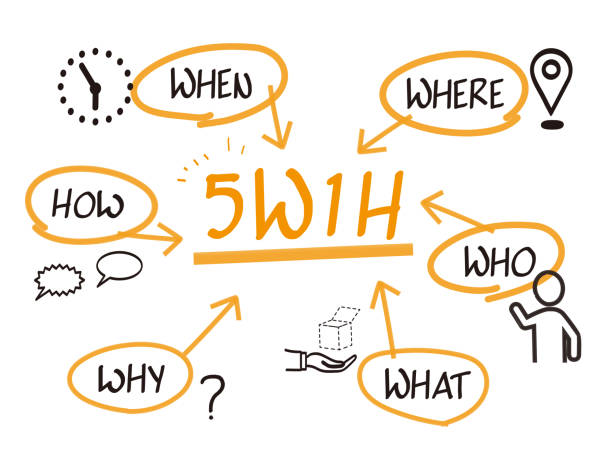
The basic of journalism, 5W1H is essential when it comes to writing your press release.
Not only does it let you elaborate more on your news to reach the minimum 350-word count, answering these questions will make sure you’re writing a comprehensive piece.
And considering how press releases are about getting the facts straight, it goes without saying that you should answer all the questions such as who, what, when, where, why, and how.
In case, it’s not obvious what information you should be gathering through asking these six questions. Let's say you are planning to send an event promotion press release, you can ask questions like:
-
-
- Who is holding the event?
- What is happening during the event?
- Where is the event held?
- When is the event held?
- Why is the event being held?
- How did the event turn out?
-
Not only will this answer the questions your audience might be having about your news, but it also gives it life - letting readers understand and further connect with your story.
7. Write Using the Inverted Pyramid
When writing about your 5W1H, you need to make sure to organize your details following the inverted pyramid model (a.k.a press release pyramid).

Press release: Inverted Pyramid
That means to organize your most important announcement first. After the lead paragraph, each remaining paragraph should be less important than the one before it.
For instance, if you’re writing about your company launching a new water purifier, don’t start your press release by talking about the importance of purifying water. Head straight to the gist and talk about the new water purifier your company is launching.
Because remember, after all, you are writing to journalists who are just skimming the news. So make sure they read the most important bit first.
8. Avoid Jargons and Technical Terms
The best way to communicate is to speak plainly, so it’s always best to avoid jargon or very specialized technical terms when writing a press release.
This applies even if you are sending your press release to a professional journal or technical portal because the fact is not everyone reading is a professional.
You need to be certain that the people reading your press release will be familiar with your technical terms, if not your chance at publication will be decreased tremendously.
As a rule of thumb, consider using English that any competent audience would understand because after all, you’re writing to your audience.
Besides, part of writing press releases is writing for search engines like Google or Bing.
To better understand your audience and search engines, I also recommend using Google keyword planner to see what are the keywords people are searching for in the internet.
For example, when writing this piece, I need to know if people are searching for press release rules or press release guideline?
However take note, not to overload your press release content with too many of your targeted keywords - this can end up with Google taking it as spammy content.
In any case, try using LSIGraph to insert semantically related keywords to your content that will help Google understand your press release better.
9. Avoid Using a Spokesperson or Canned Quote

Not a definite feature, but quotes are often a popular insertion in press releases to add a human touch to the otherwise formal announcement.
Say, a quote that reads, “our new CEO is in discussion with counterparts to expand into Europe” sounds more exciting than reading a statement about it.
But a few notes to take when placing your quote is to make sure that the quote is not a reiteration of an already written statement in your release, instead it should add more details or information.
An additional point is also to make sure your quote is cited from a legitimate and important source, and not some random spokesperson.
There is no relevance or importance in this placement for readers and more of editors. In the end, it will simply become useless.
10. Don’t Skip on Images and Contact Info
Having reviewed a lot of prs over the years, one of the things I realize that most businesses still aren’t doing properly when sending press releases…
...is that they will skip the images and contact information. And oftentimes, this meant a lot of lost opportunities.
On contact information, sending a press release without your name, telephone number, and address will lose out the chance when interested readers or editors want to contact for more information.
Besides, you will also be losing out on the citation benefit of sending press release which helps factor in your local SEO.
By having a consistent mention of your NAP (Business Name, Address, and Phone Number) on another website, it will increase your exposure on local Google searches and Google map.
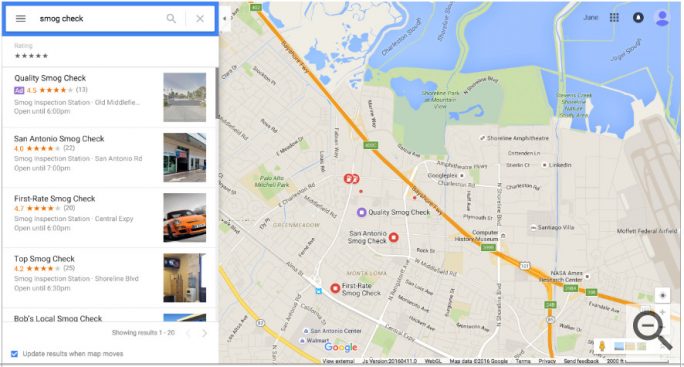
On the other hand, without images to your press release, there will be no story. Because let’s face it, no matter how fascinating your pr is, people are in a hurry.
Journalists are skimming through thousands of releases and your targeted audiences are scrolling through Facebook, at times they don’t even really read the headline.
In that case, there’s one last thing that can catch their attention and that is a good image.
One piece of advice is to always use an image with a person smiling. Studies have shown that it produces positive emotions within you and sets the stage for them reading your news.
So next time, don’t skip your contact information or feature image for your press release.
11. Grammar and error-free
It should go without saying that a good press release should not have any typographical or grammatical errors.
However, that’s not the case. Press releases are still riddled with the most basic grammatical errors and the consequence is deadly.
This is because press statements are writing for the toughest audience --- journalists and news editors. These are people who are actively looking for mistakes.
So even the most newsworthy announcements can fall short if it contains errors in grammar, punctuation, and style.
I don’t blame them because an error can be a major hit to credibility and professionalism, making people think twice about your business.
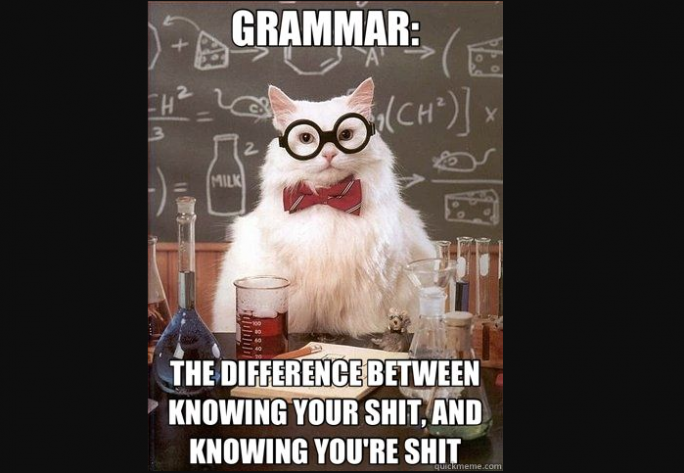
So always make sure to take a little effort to proofread your writing before sending it to news distribution services.
That’s it --- these are the 11 press release guideline tips you should always keep in mind to make sure your news story gets published!
- Write Using the Right Format
- Contain a Newsworthy Announcement
- Avoid Writing a Blog Post
- Be a Reporter, Not an Advertiser
- Keep Your PR Short and Brief
- Cover the Five Ws and One H
- Write Using the Inverted Pyramid
- Avoid Jargons and Technical Terms
- Don’t Use a Spokesperson or Canned Quote
- Don’t Skip on Images and Contact Info
- Grammar and error-free
One last advice is that - when in doubt, ask! Just send your questions in the comment below or send an email to media asking how to write a press release. You can always use this opportunity to build up a relationship with the media.




